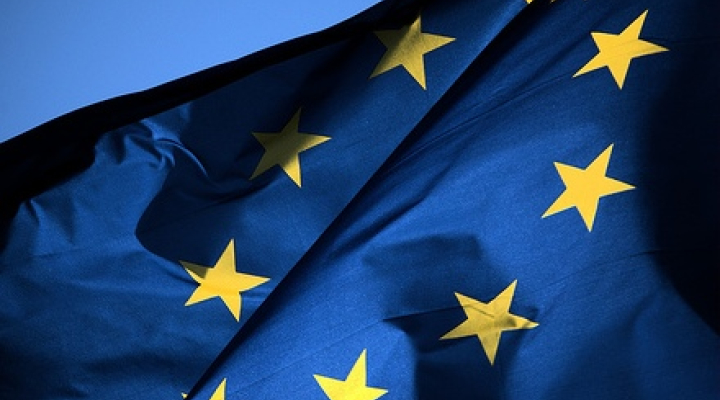Recognition of differences and intercultural dialogue through the European Heritage Label
The European Parliament vote with a vast majority on the 16th of November the establishment of the European Heritage Label, which is meant to shorten the distance between the European Union and its citizens. The initiative is basically an elevation of some intergovernmental programs to the EU level.
Its importance lies in the fact that it urges cross-border cooperation with the usage of minimal community funding. There was a real need on behalf of the citizens for this despite the multiple crisis: strengthening European values and the bond with the youth of Europe are the best anti-crisis measures – said many MEPs before the vote.
The initiative is clearly aimed at motivating local communities, thus it plays a community building role and serves the strengthening of the sense of European identity. Despite its financial efficiency, the program will be launched in a experimental mode: it will be evaluated after four years and its rules will be changed, if needed. Many MEPs said in the debate preceding the vote, that the EU owes its citizens not simply to be an economic union, but a cultural union as well and to be the guardian of traditional European values.
DAHR’s MEP Csaba Sógor also participated in the debate. He considers that minority communities can notice with satisfaction, that their cultural sites can receive the Label on the basis of recommendations of international specialist as a consequence of this initiative.
Here follows the MEP’s speech:
“In the time of the crisis that the world is experiencing, it is important to close the debate during the fourth EU presidency, and to put the European Heritage Label Award into practice. The Label is meant to strengthen our values, the sense of belonging to the EU, through the recognition of differences and through enhanced intercultural dialogue. It is important for all of us to emphasize this.
Through the selection criteria we’ve laid down, through the geographic criteria and through clear and simple regulations, we will take steps towards the citizens, steps that have long been awaited. It is important to finally elevate intergovernmental initiatives to EU level.
Objects within the cultural heritage that can be grouped around a subject and proposed together for the title represent an opening towards young people in comparison to other initiatives in the field of cultural heritage. These are signs of attention that are much needed by our youth.”











